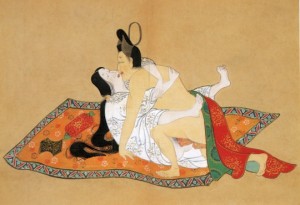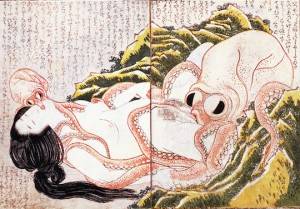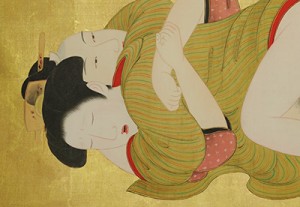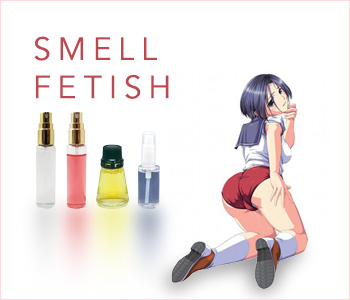New shunga exhibition tests boundaries of obscenity in Japan
The start of the shunga exhibition in Tokyo, the first major public event of historical erotic prints, has, not surprisingly, tested the boundaries of what is legally permitted and what is “morally” acceptable.
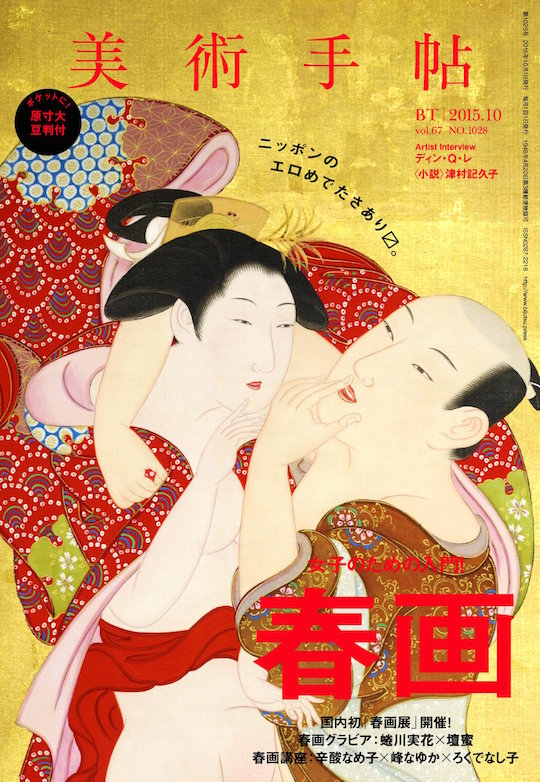
While the September issue of venerable art magazine Bijutsu Techo featured shunga, as well as a dialogue between two women who really know about sex and censorship (“vagina artist” Rokudenashiko/Megumi Igarashi and former porn star turned manga-ka Nayuka Mine), not to mention some mildly sexy Edo-era-inspired photos of Mitsu Dan by Mika Ninagawa, it stopped short of printing the fully explicit shunga prints themselves because it knew it was a fine legal line.
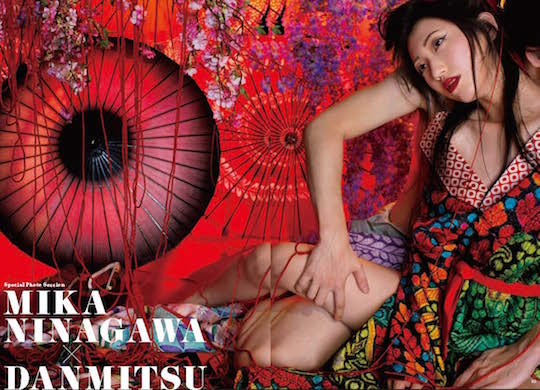
Only recently, an editor at a weekly tabloid was suspended over the publication of three erotic prints, including Hokusai’s iconic The Dream of the Fisherman’s Wife.
This is pretty crazy when we consider that the Japanese tabloids are never circumspect about printing all kinds of salacious gossip and pictures of celebrities engaged in “immoral” acts. So a picture of Karina showing her crotch is not obscene, but historical art is?
In fact, the four major tabloids were all spoken to by Japanese police about the legal implications of printing shunga in their publications, NHK reported on October 19th. In other words, they were warned not to print them.
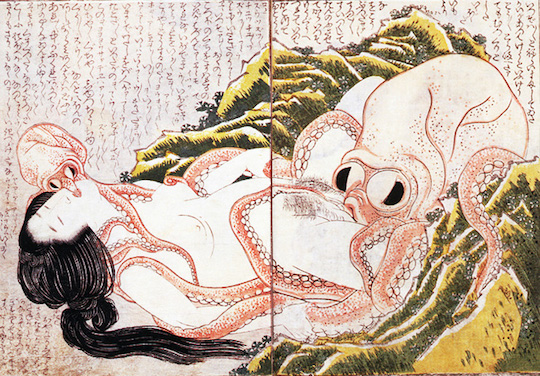
Is shunga porn or art… or both? After all, we don’t believe the two are mutually exclusive.
The exhibition is adults-only — you have to be 18 or over to get in.
But visit the exhibition and you’ll be surprised by how many girls there are: over half the visitors are female. If it was “obscene”, surely we would expect just hordes of “dirty” old men.
The 133 exhibits, gathered from collections all over the world, showcase shunga (literally, spring paintings) from the Kamakura to Edo eras, with ink paintings to full woodblock prints. Many are by respect masters of the ukiyoe genre.
When the exhibition was first announced in May, people speculated that it would finally break the taboo on public display of genitalia in Japan, which is usually classified under old obscenity laws. This is why porn is pixellated and even sex scenes and nudity in mainstream cinema. Nudity in live theatre is also a dangerous area; technically if you show a cock or female bush, then you might be liable for prosecution. Recently there has been some relaxation, with certain films with full-frontal nudity in comic scenes allowed to pass untouched by the censor (of course, actually the film distribution company — this is self-censorship out of fear of prosecution).
But high-profile photographer Leslie Kee faced prosecution for his naked portraits, while a museum in Nagoya “hid” exhibits featuring male nudity after police pressure.
The Tokyo exhibition was turned down by over 20 other venues before they found a place willing to host the show, despite it being essentially a rejigged version of a hit event at the British Museum. You would think any museum in Tokyo would want to be associated with an institution of that standing.
The organizers were also unable to secure corporate sponsorship and had to raise money by themselves.
The age restriction for entry to the exhibition was set after consulting police, who asked them to promise not to “go too far”.
Shunga is a very rich and varied genre, featuring both fantasy and real scenes, both people and animals, and a range of styles. It is highly regarded by art experts. After an uncensored book was published in 1991 without legal issues, it seemed that the reproduction of shunga did not carry legal repercussions.
In fact, in legal terms, it is not the exposure of genitalia that is “obscene” (waisetsu). A film or image may be classified as obscene even when it is not showing nudity. Likewise, while the tabloid editor was censored by his bosses this time for “betraying the trust of readers” (begging the question, have they ever spoken to tabloid readers?!), the Japanese tabloids frequently publish very sexual images of idols and models, including gravure (glamor) and “hair nude” (full-frontal nude) shoots.
Since shunga also has historical artistic value (it is “art”), it is more protected, legally speaking. But this was not the case for In the Realm of the Senses, for example, when it first came out in the 1970’s. Likewise, the translator and publisher of the Japanese edition of Lady Chatterley’s Lover — DH Lawrence’s novel that was controversial seemingly everywhere it was published — were found guilty of obscenity in 1957. Fortunately, shunga has been “recognised” overseas now and so is pretty much untouchable.
The end result is that obscenity laws in Japan are too ambiguous, which only benefits police who can pick and choose who to prosecute. They won’t touch the shunga exhibition because it is organized by a former prime minister, Morihiro Hosokawa, but the lone female artist Megumi Igarashi doesn’t stand a chance.
The laws need to be updated and clarified.

